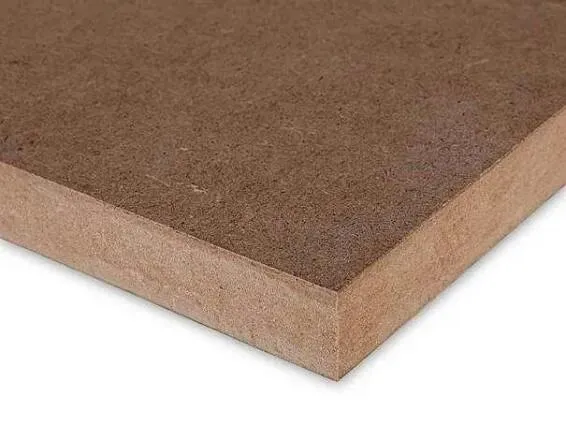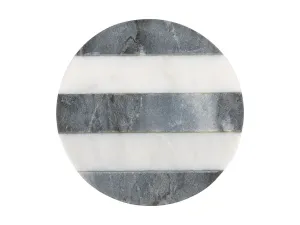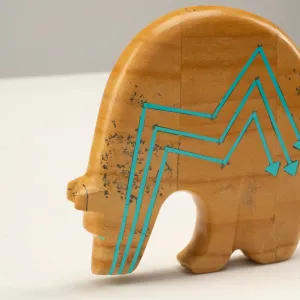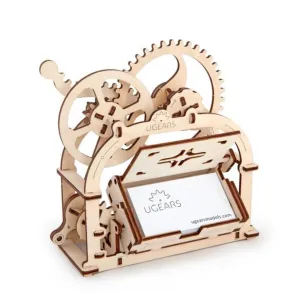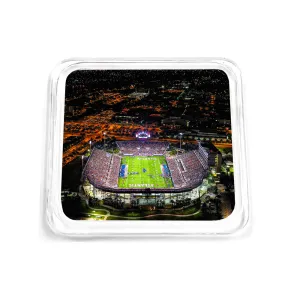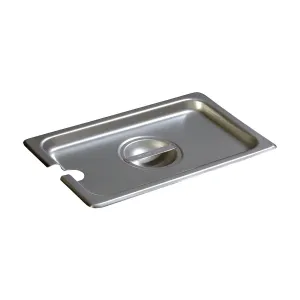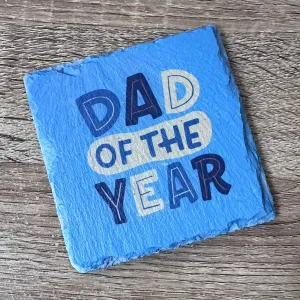Fibreboard Datasheet
Product Name: Fibreboard (Medium Density Fibreboard - MDF or High Density Fibreboard - HDF)
Material Composition:
- Core Material: Wood fibers bonded with synthetic resins through heat and pressure.
-
Types:
- MDF (Medium Density Fibreboard): Versatile for furniture, cabinetry, and various interior applications.
- HDF (High Density Fibreboard): Denser and stronger than MDF, ideal for flooring and heavy-duty applications.
Density:
- MDF: Approx. 600-800 kg/m³
- HDF: Approx. 800-1,000 kg/m³
Appearance:
- Surface: Smooth and uniform surface, without visible grain, making it ideal for painting, veneering, or laminating.
Glue Type:
- E1 or E0 Glue: Low formaldehyde emission levels, suitable for indoor use.
Applications:
- MDF: Commonly used in furniture making, cabinetry, wall paneling, interior doors, and moldings.
- HDF: Often used for flooring, laminate backing, and situations requiring higher strength and durability.
Surface Finish:
- Raw Surface: Requires finishing (painting, laminating, or veneering).
- Pre-Finished Options: Available with melamine, laminate, or veneer coating.
Moisture Resistance:
- Standard fibreboard is suitable for dry interior use.
- Moisture Resistant (MR) Grades: Available for areas with occasional exposure to humidity, like kitchens and bathrooms.
Environmental Considerations:
- FSC Certification: Available through some suppliers, ensuring sustainable forestry practices.
- Formaldehyde Emission Standards: Complies with E1 or E0 standards, ensuring better indoor air quality.
Weight:
- MDF: Approx. 25-35 kg per sheet, depending on thickness.
- HDF: Heavier due to higher density.
Standards & Certifications:
- Meets EN 622-5 standards for MDF.
- Meets EN 622-1 standards for general-purpose fibreboards.
Storage & Handling:
- Store flat in a dry, well-ventilated space to prevent warping or swelling.
- Handle with care to avoid damage to edges and corners.




